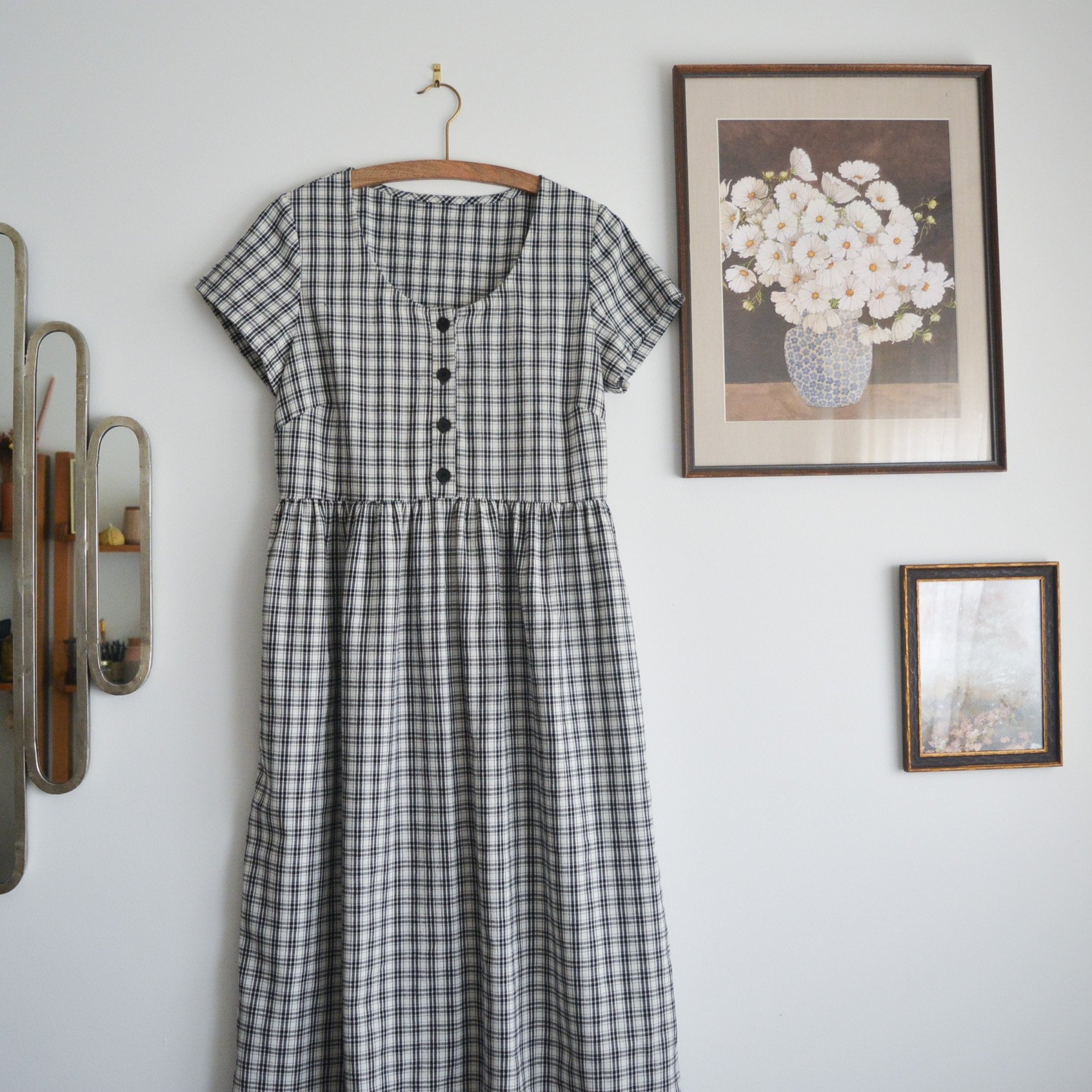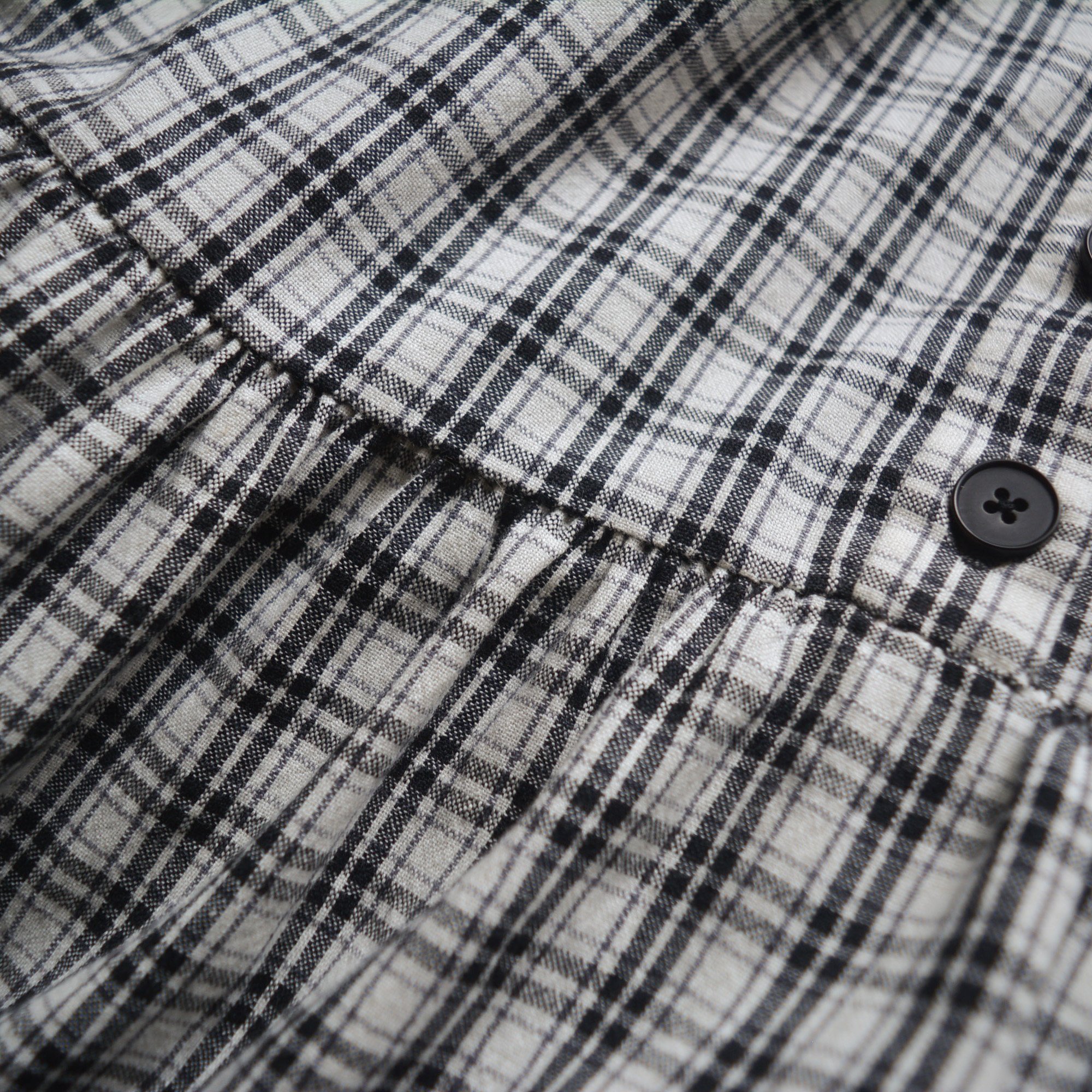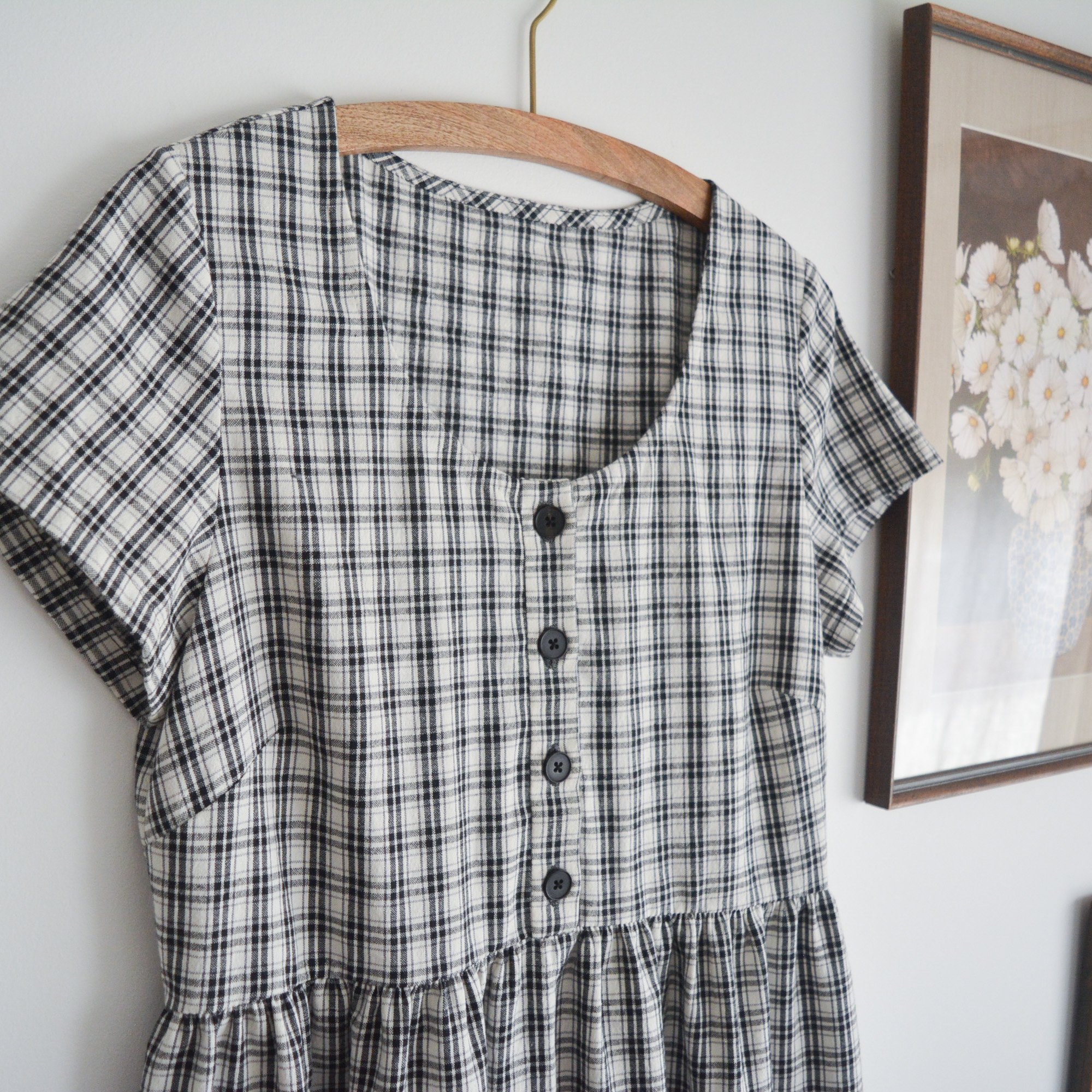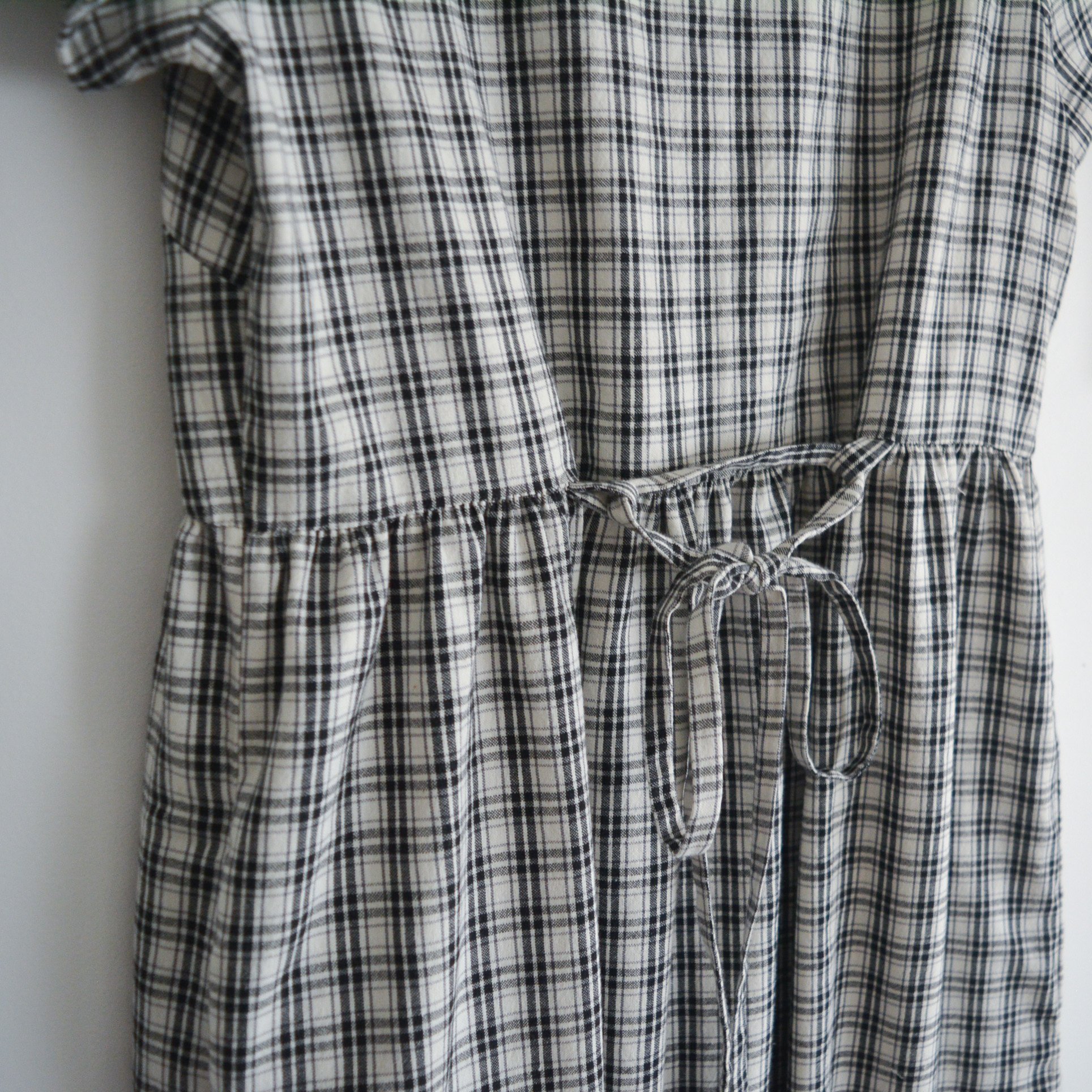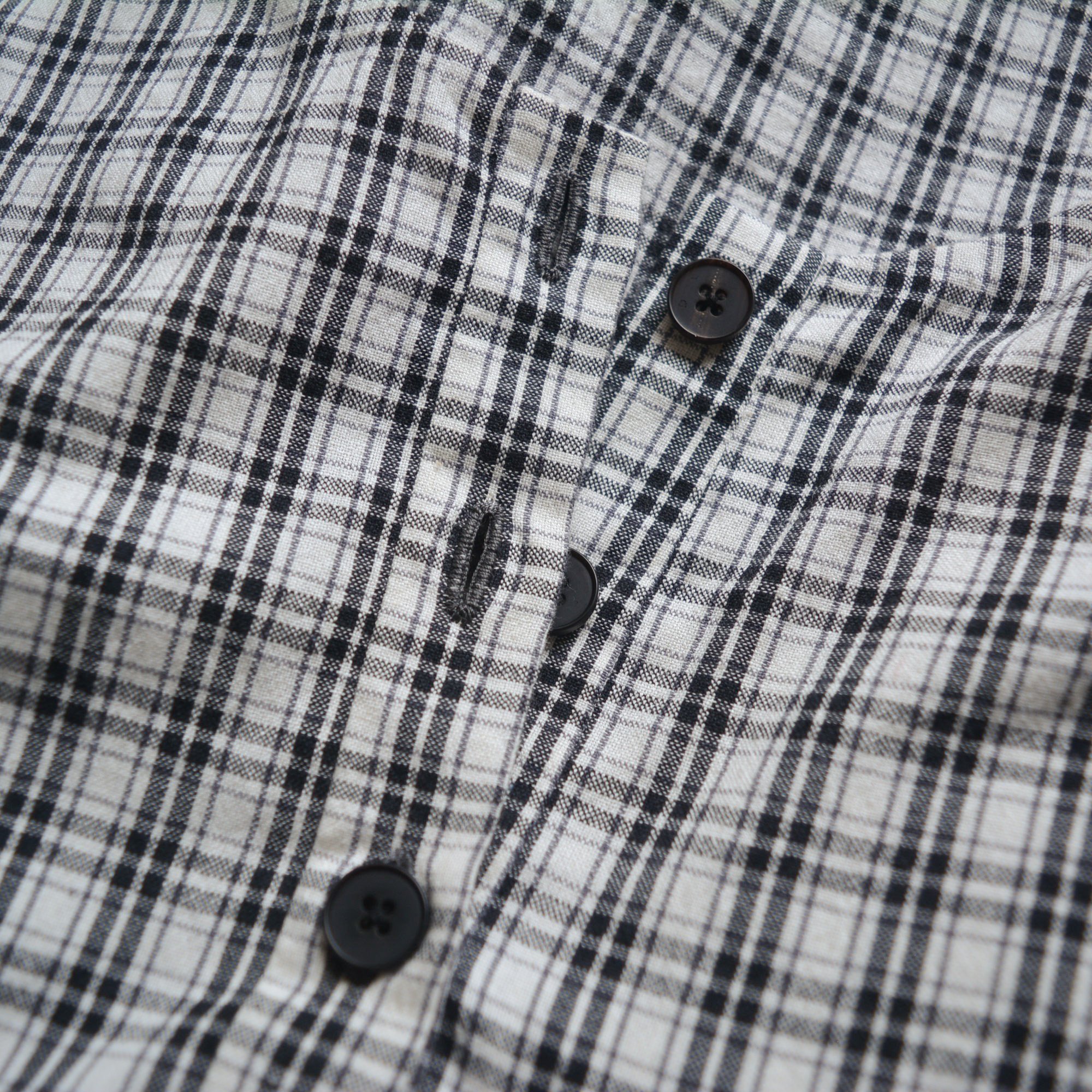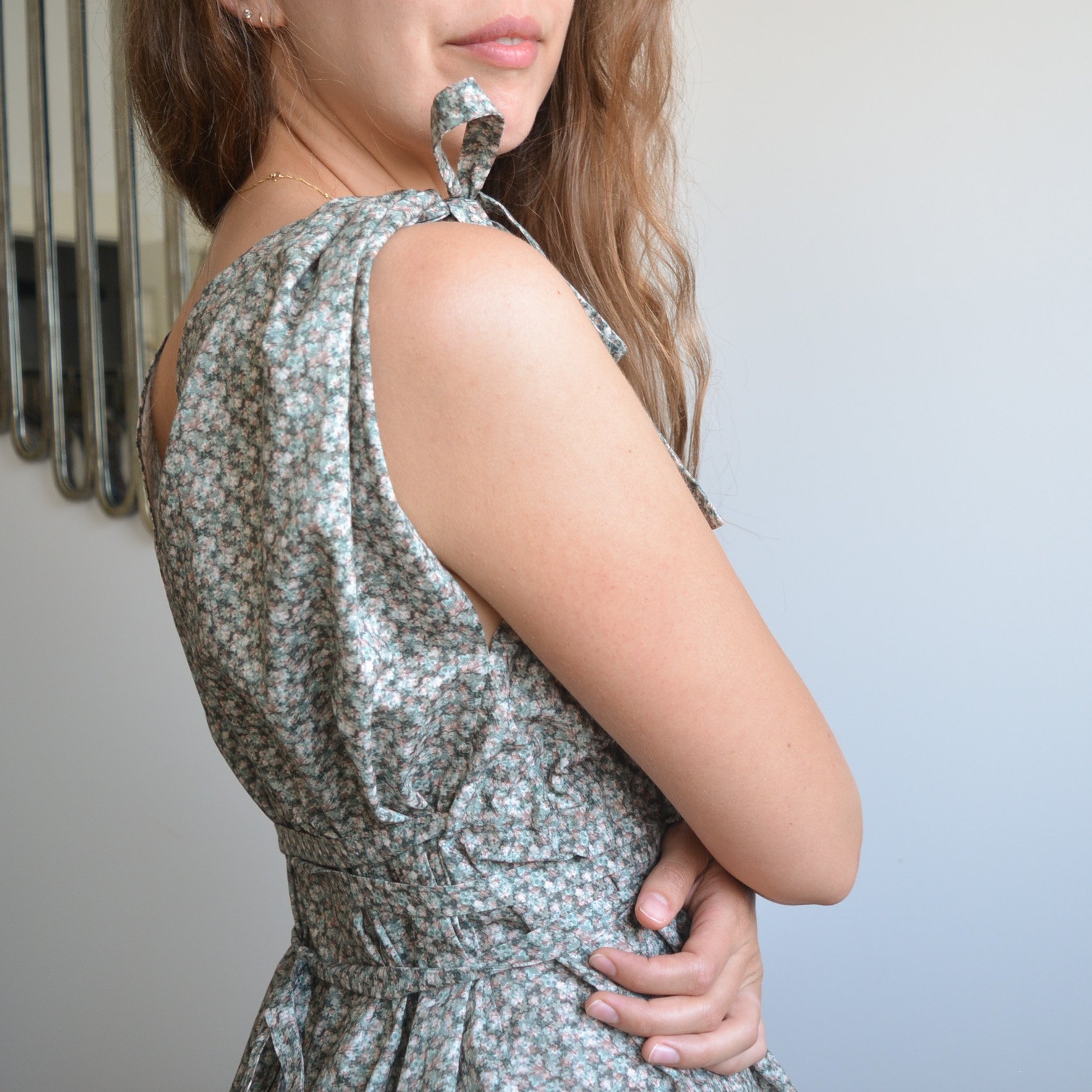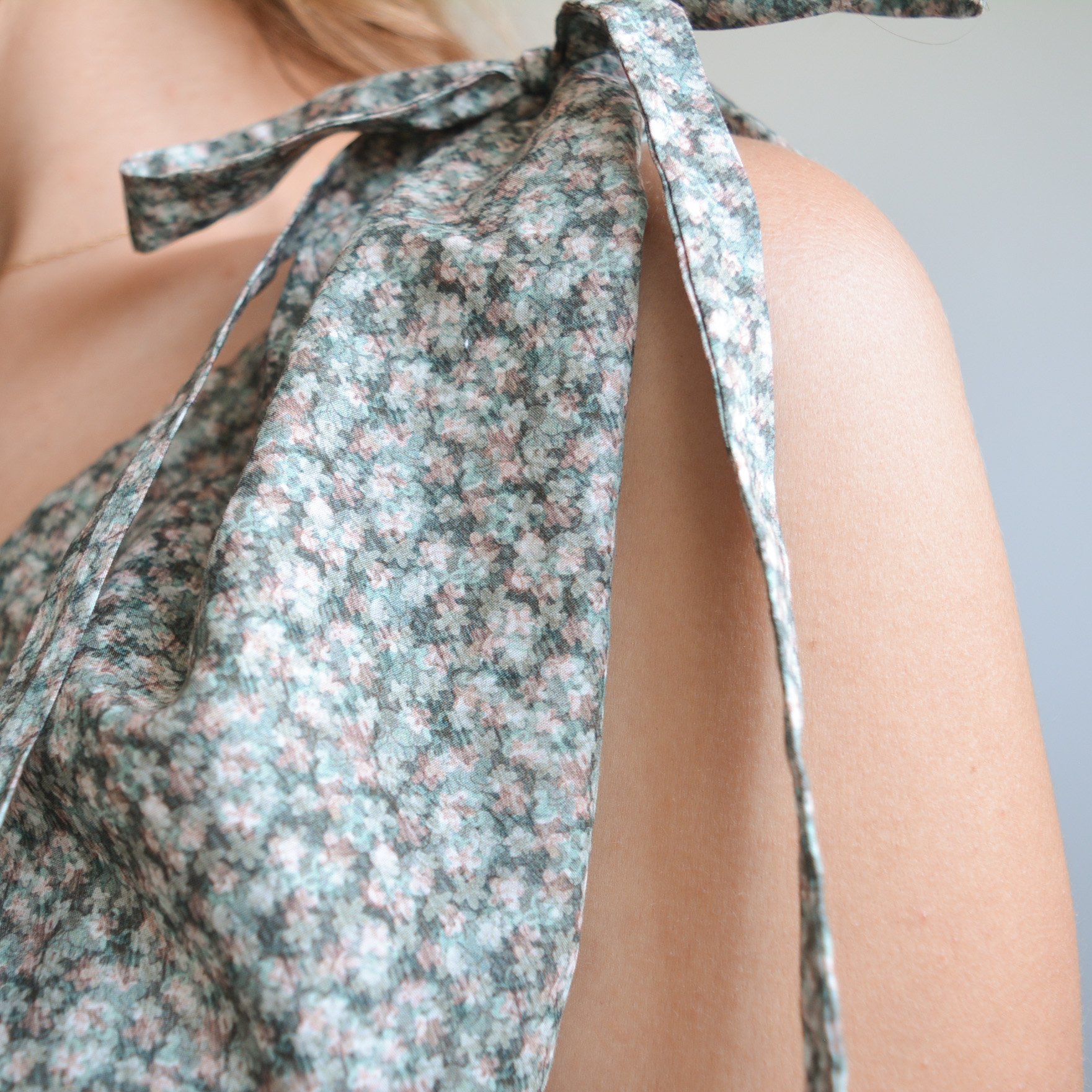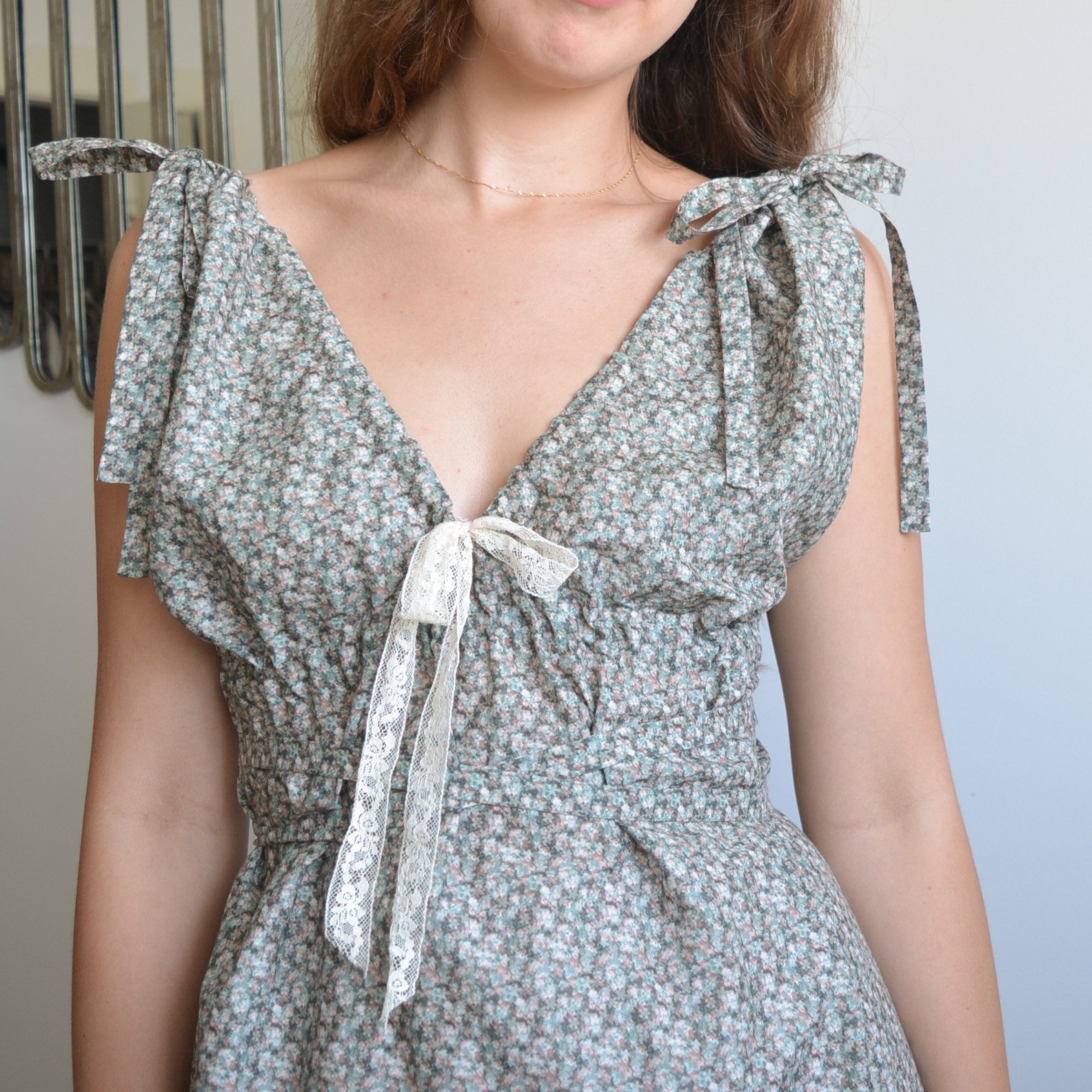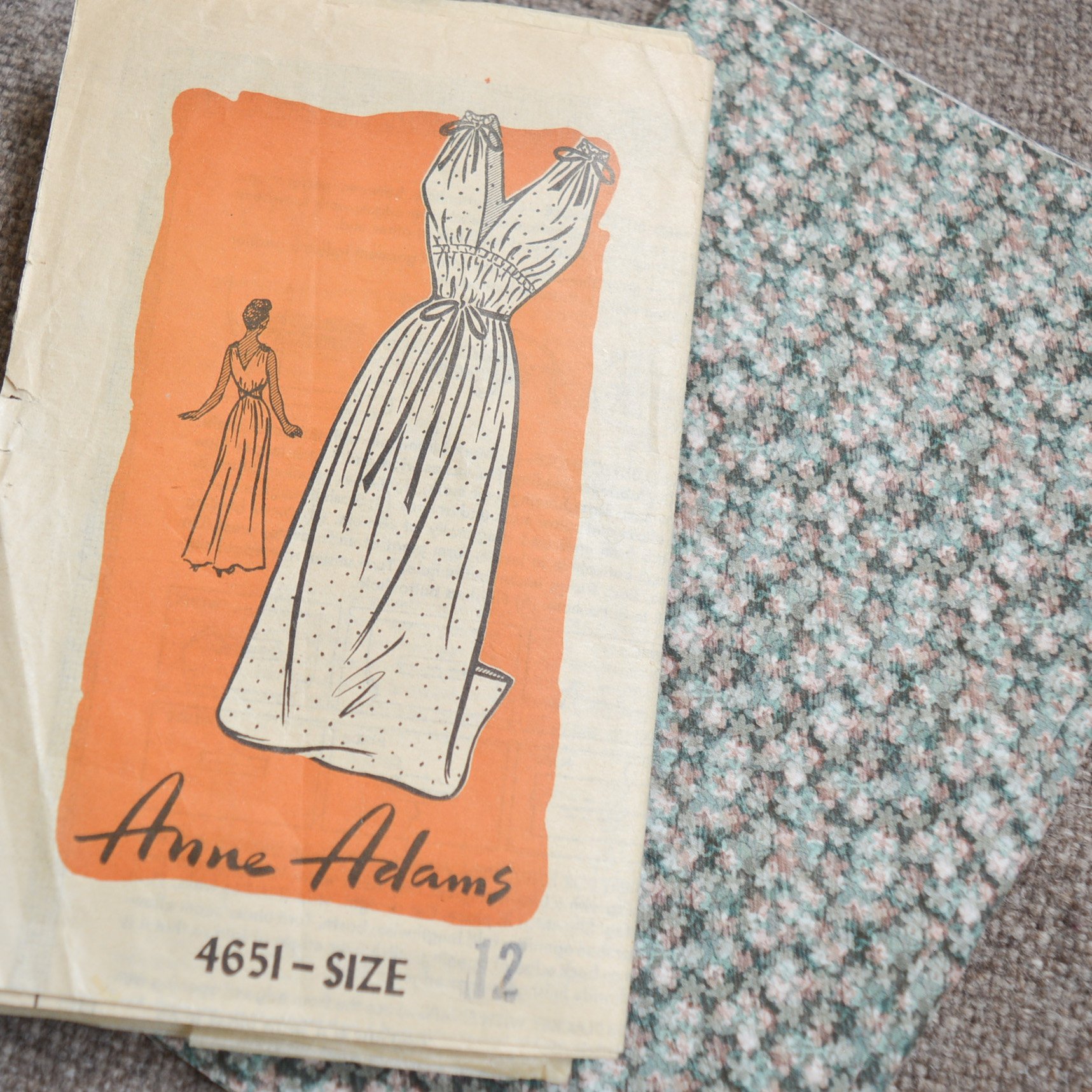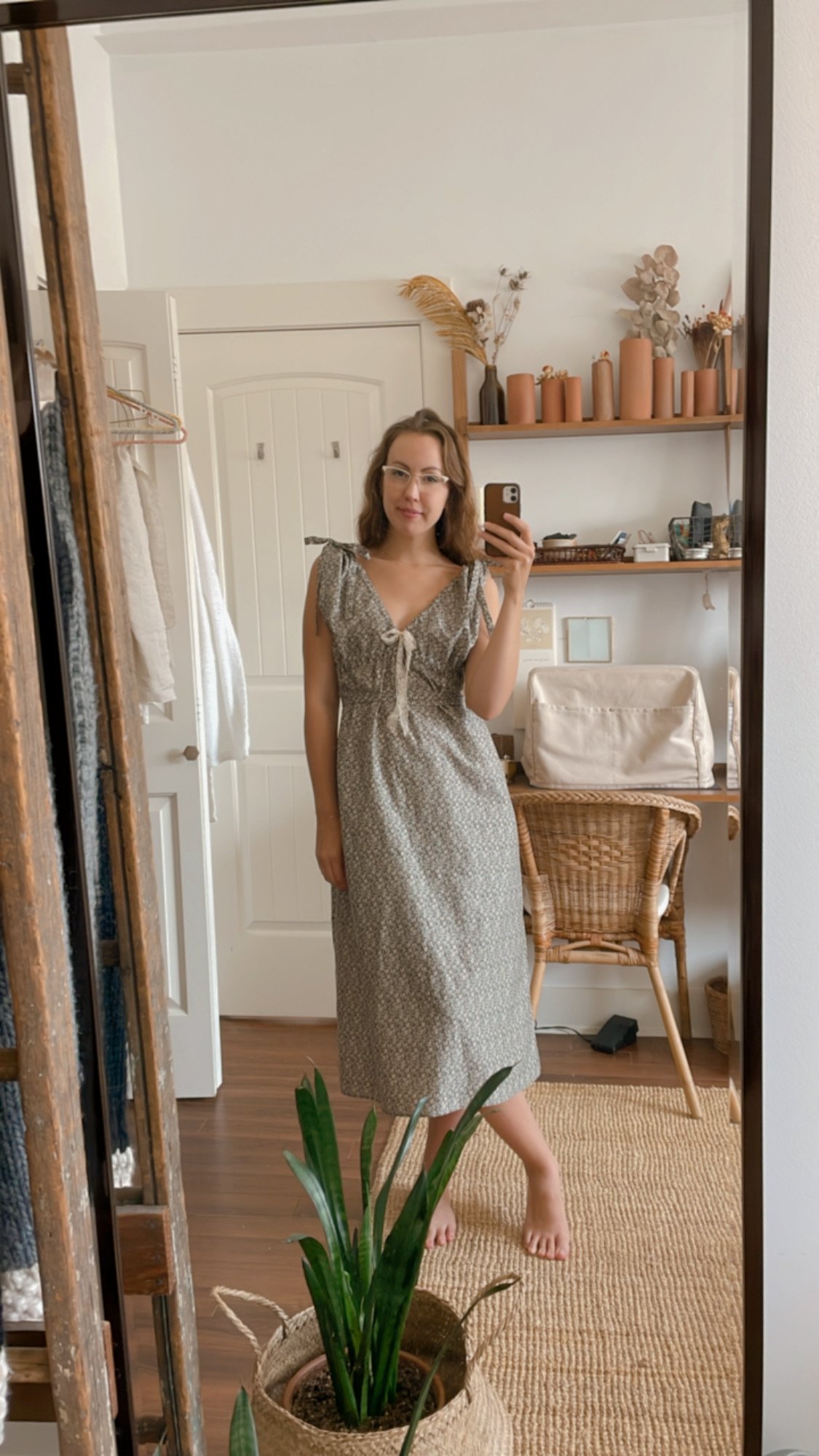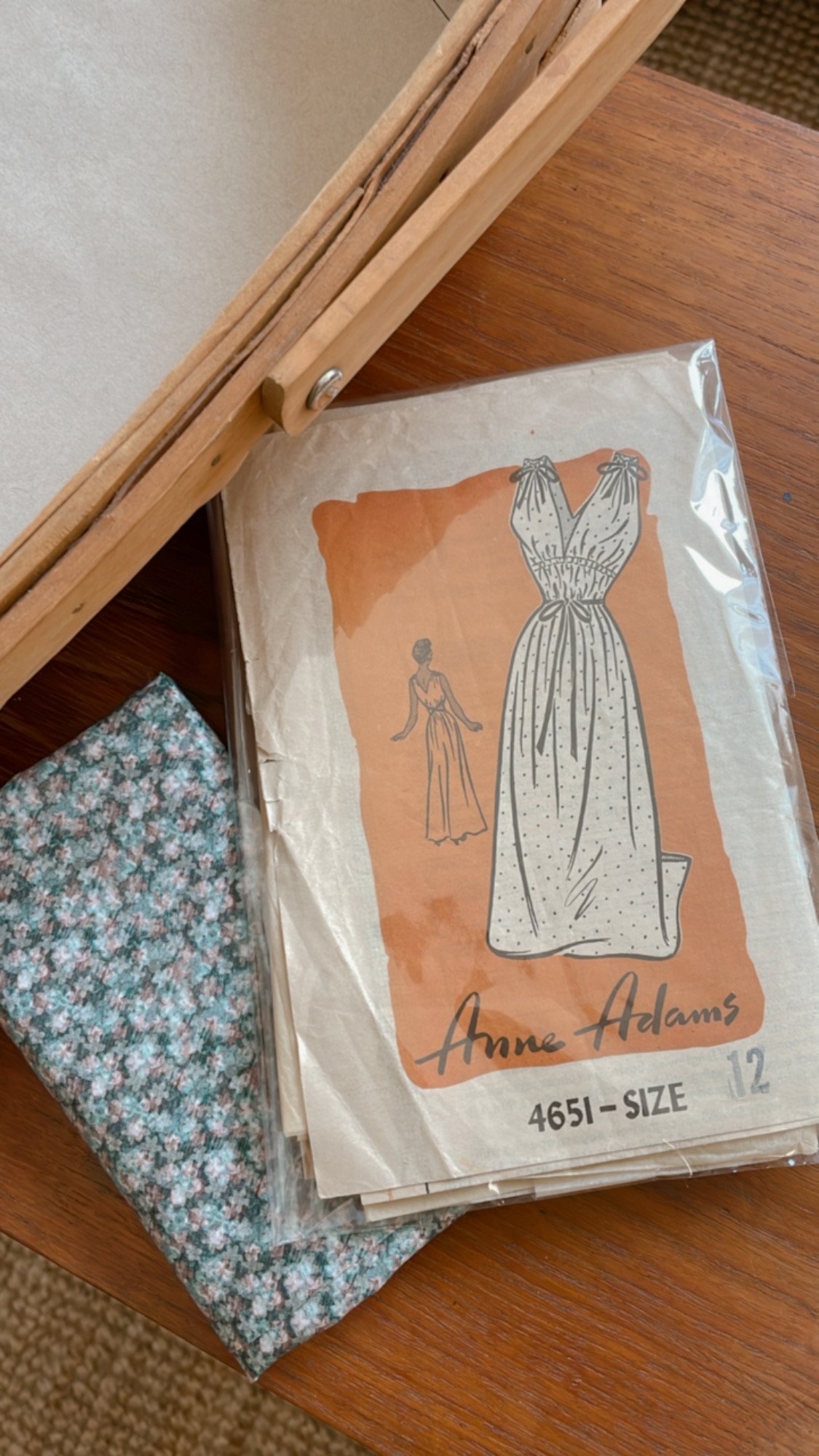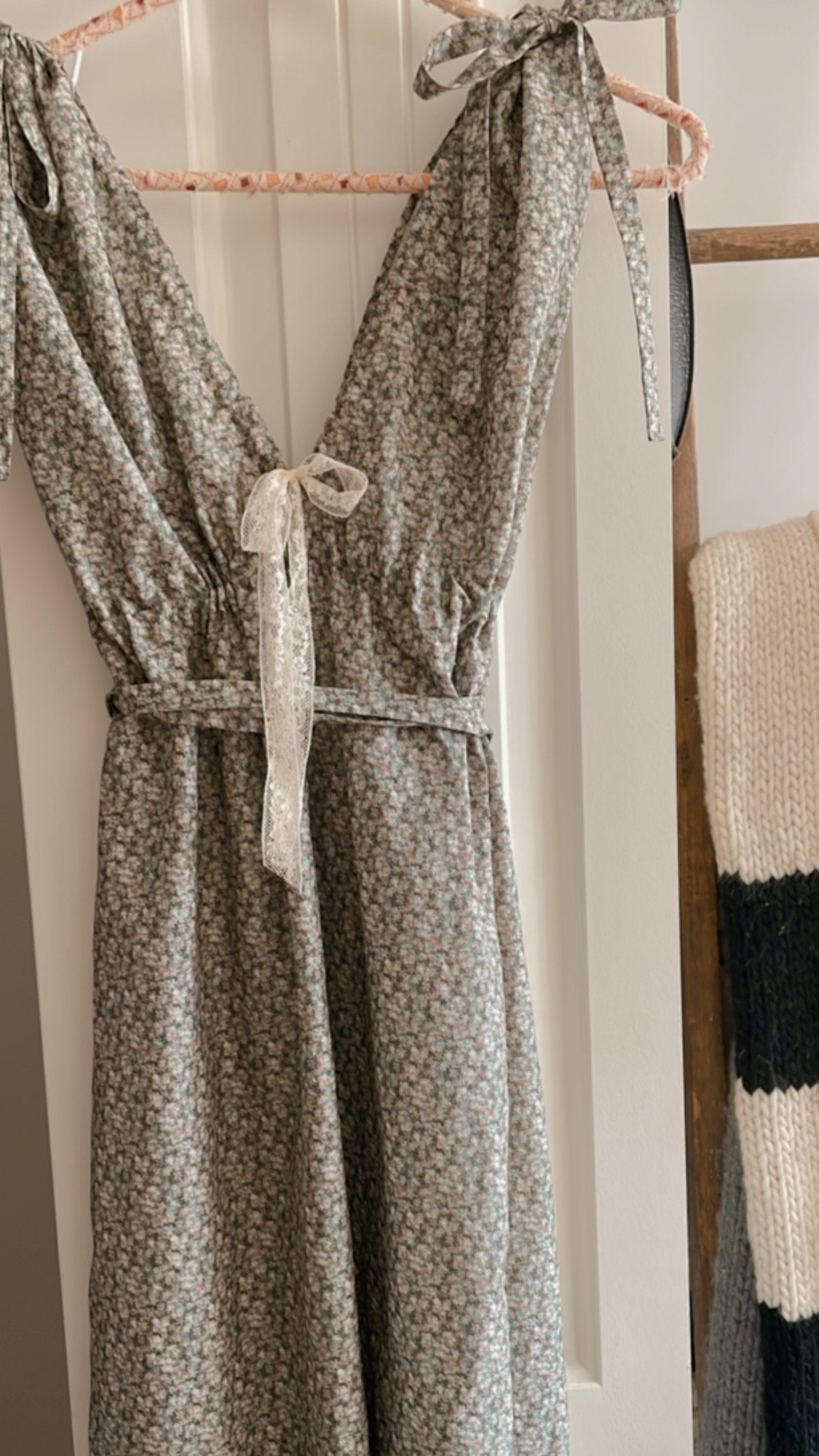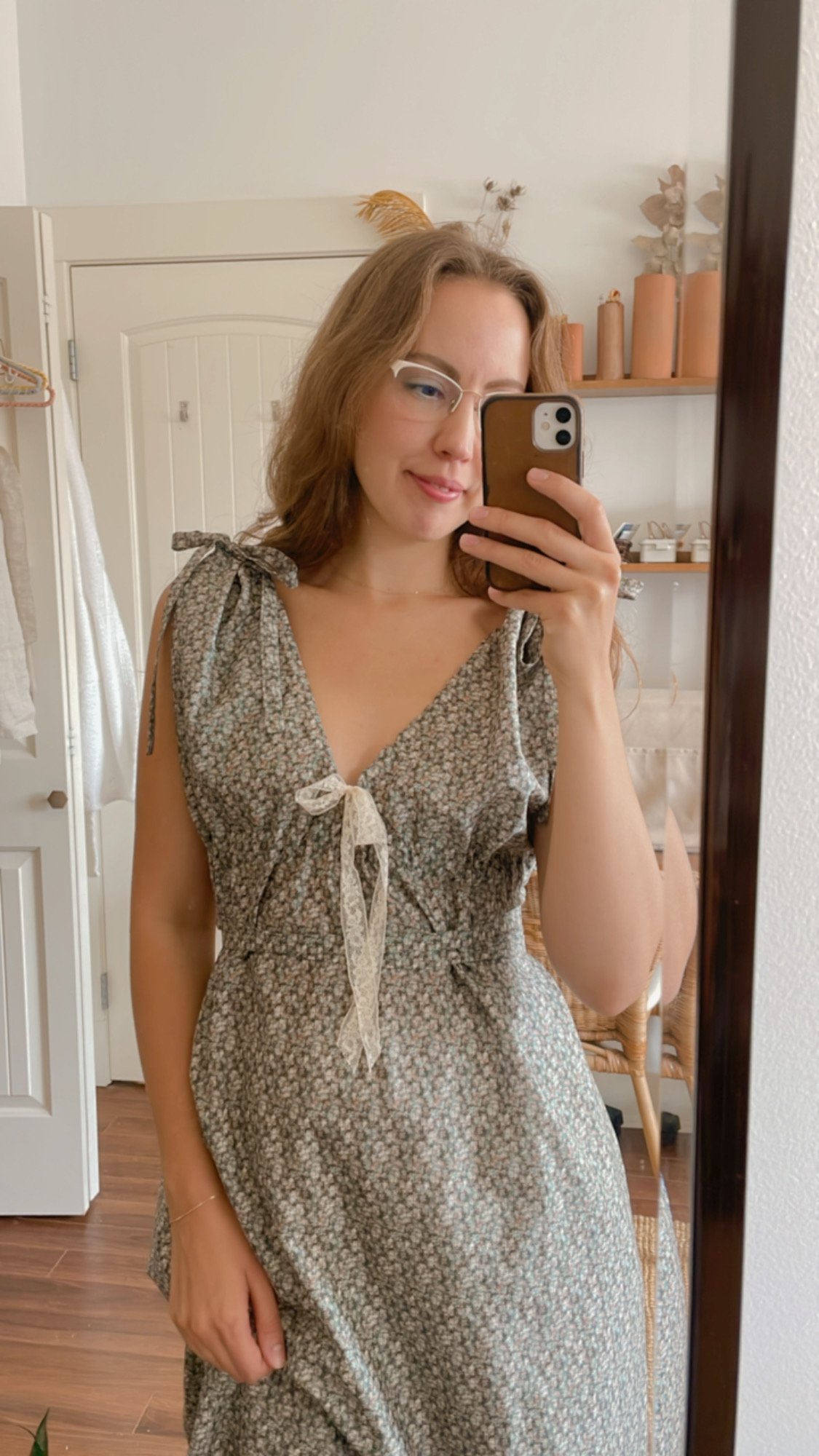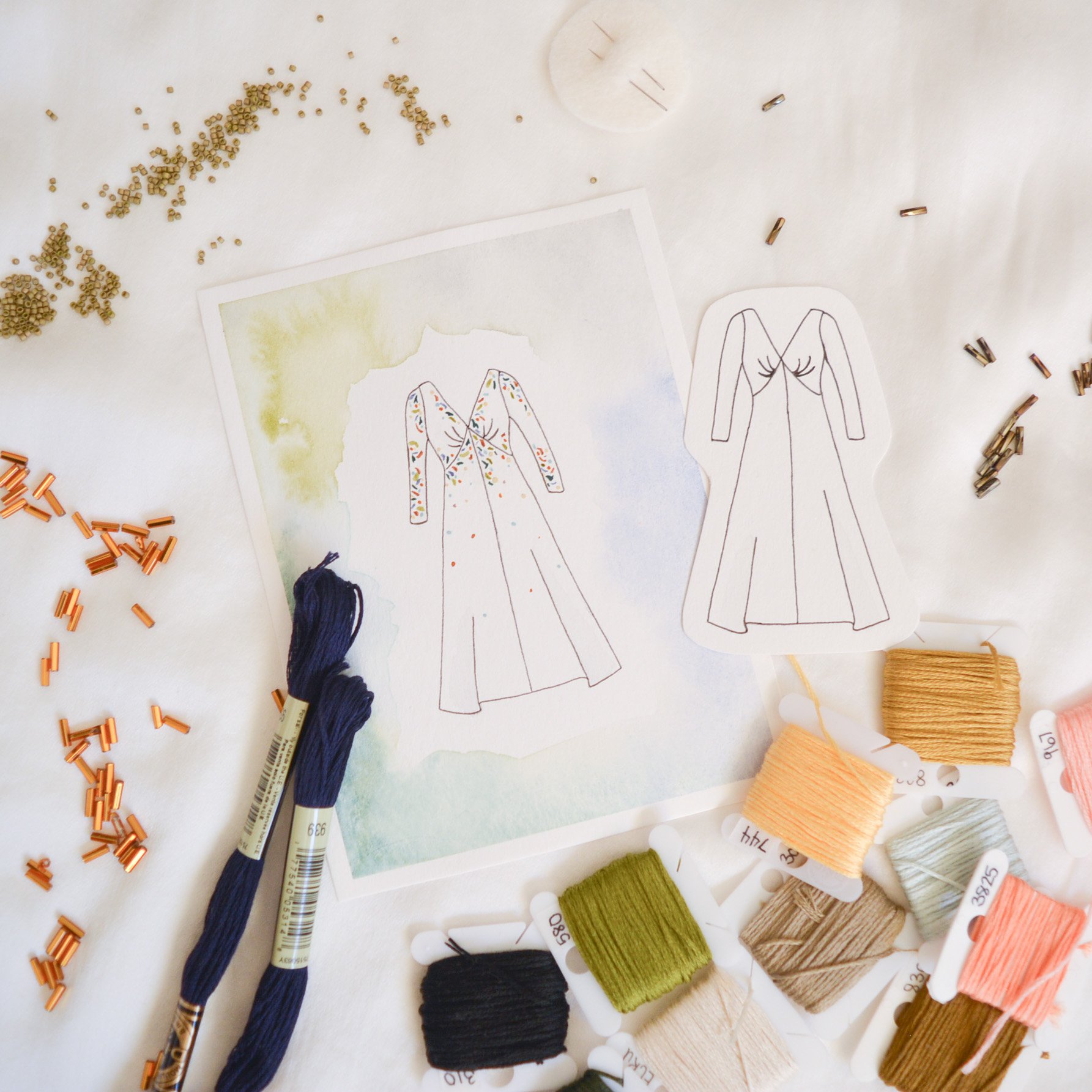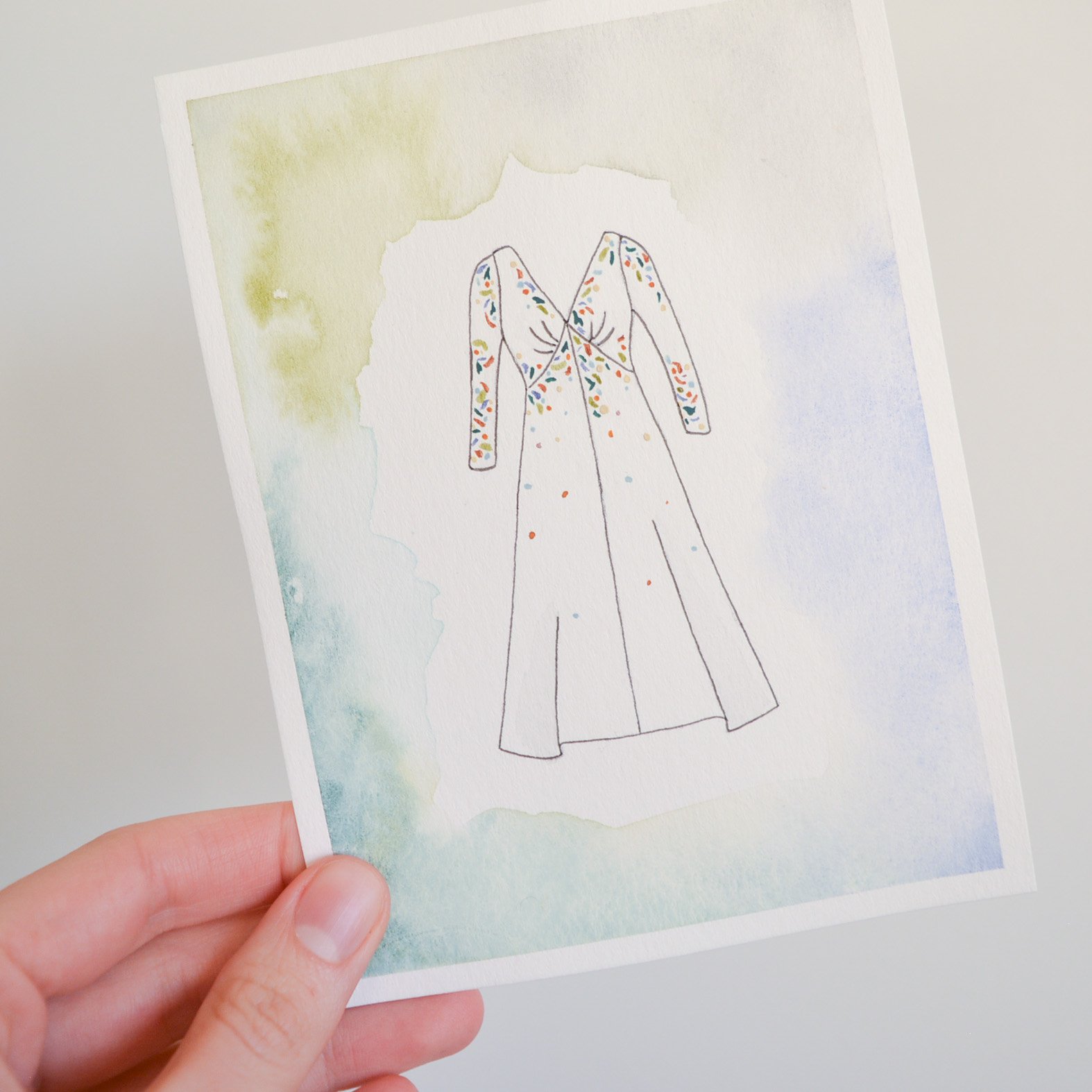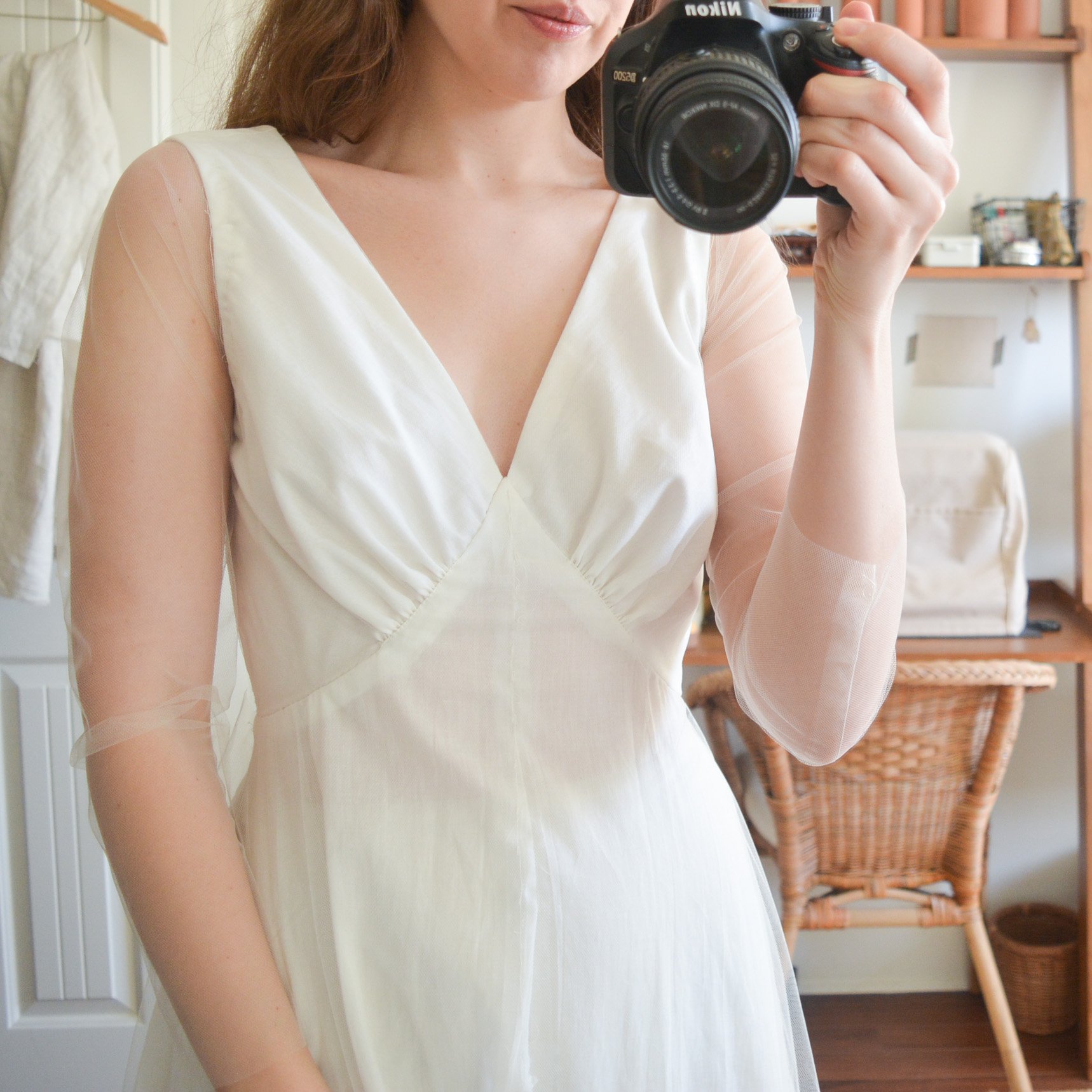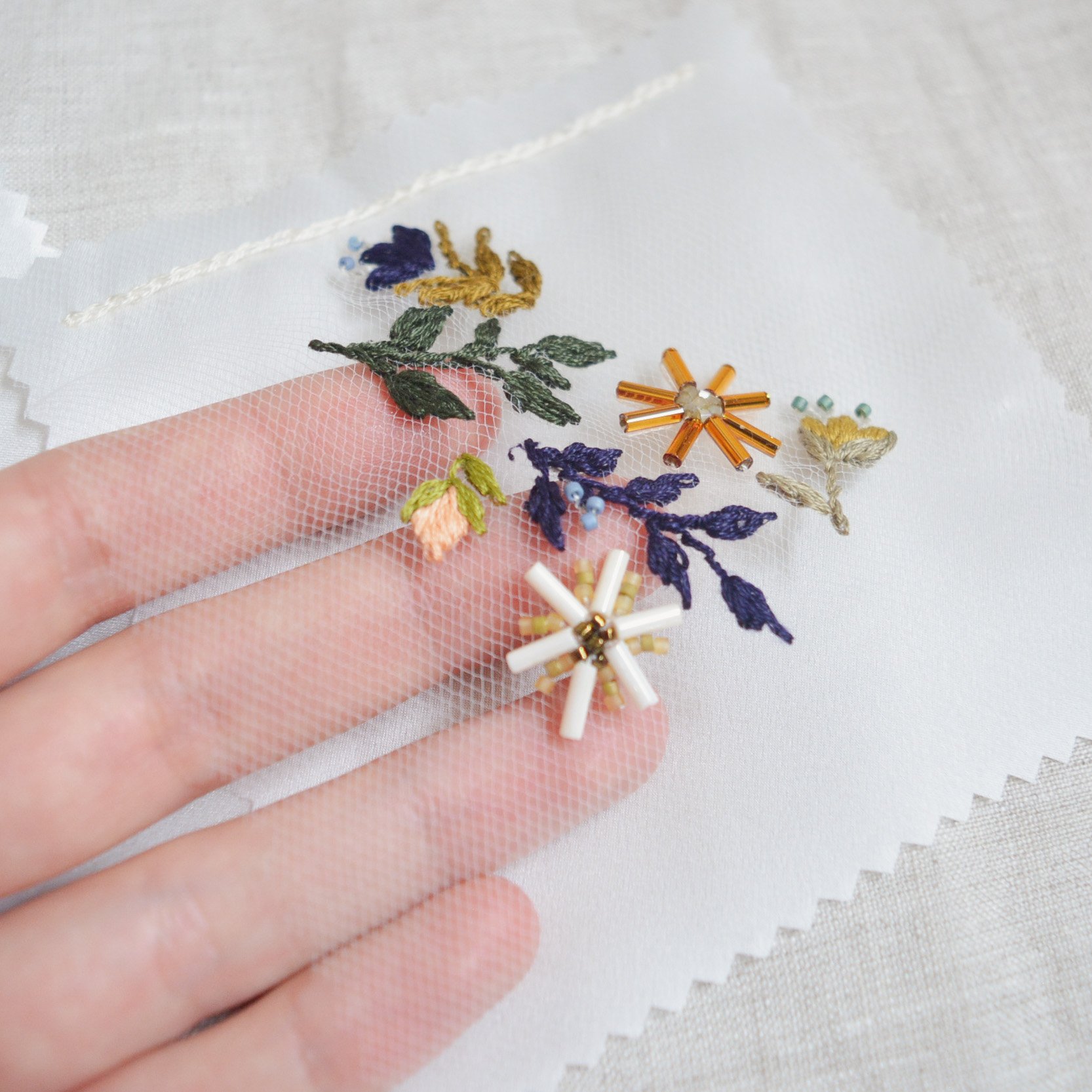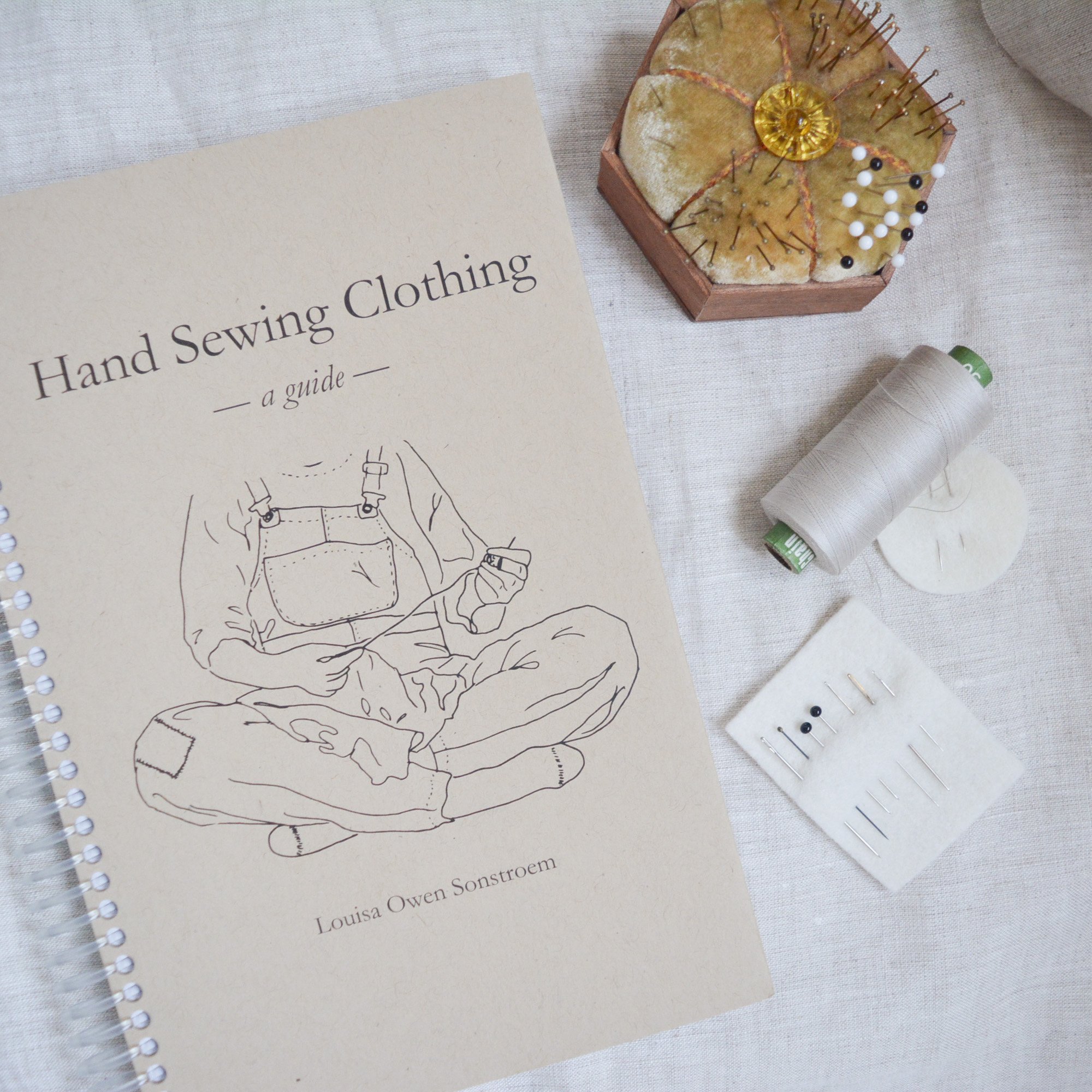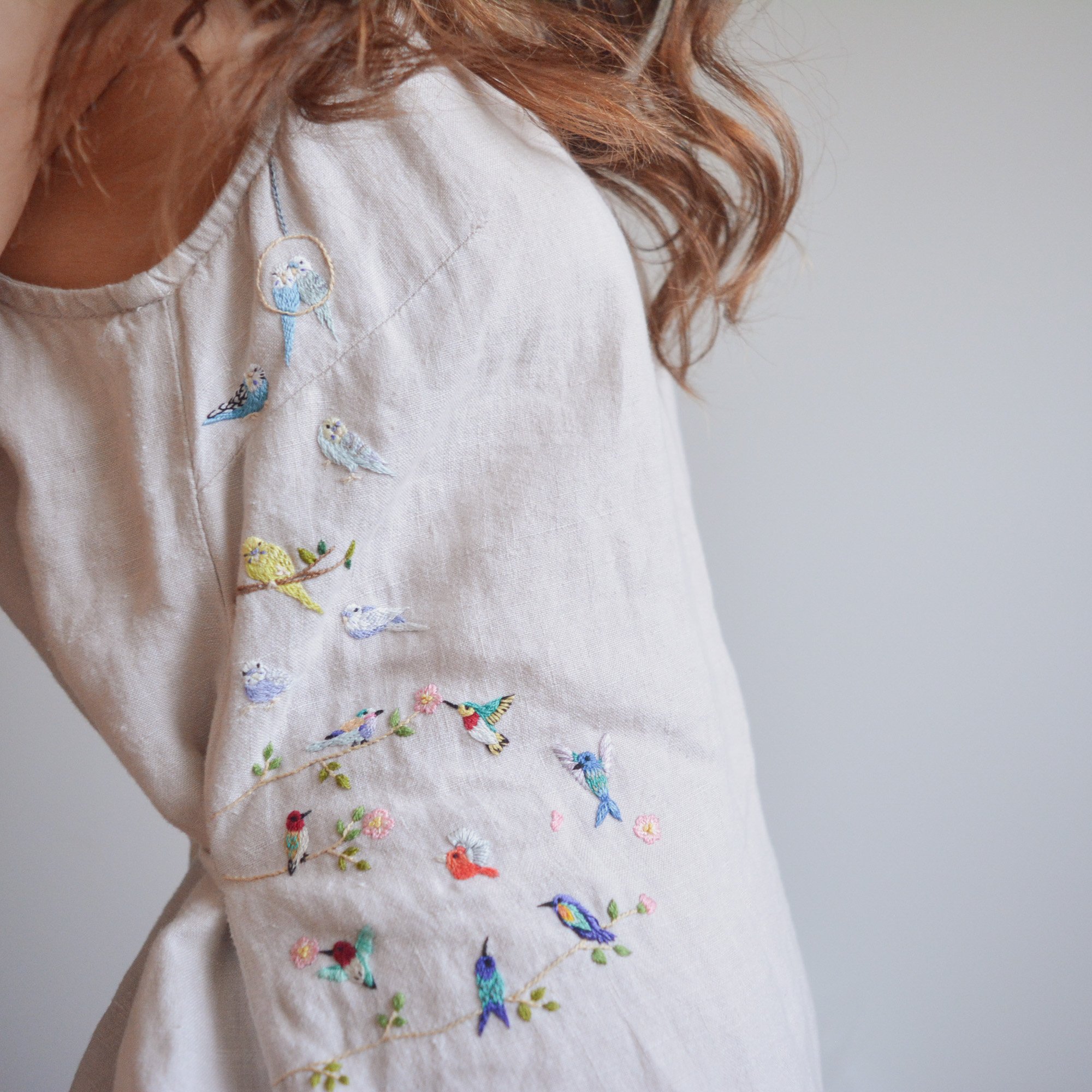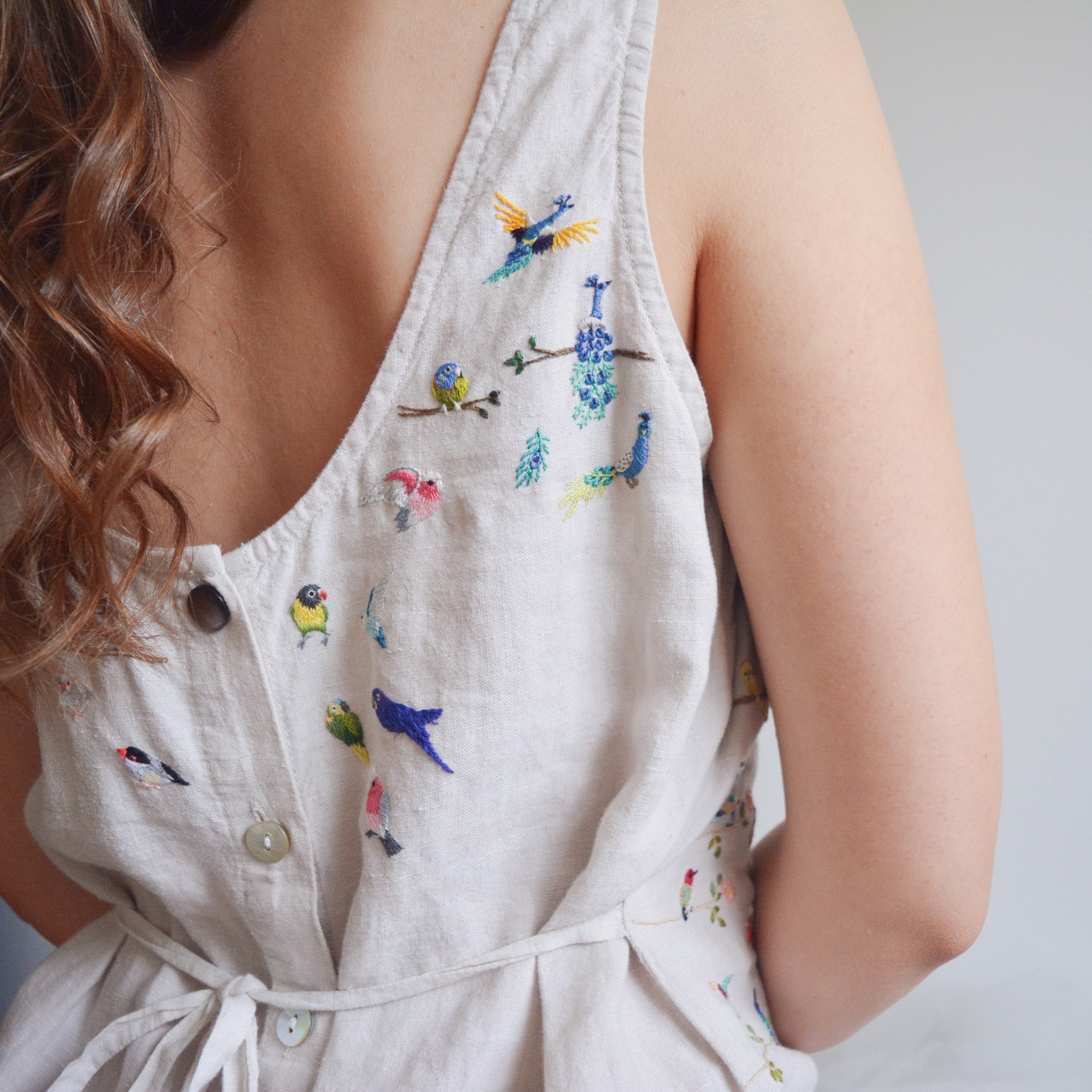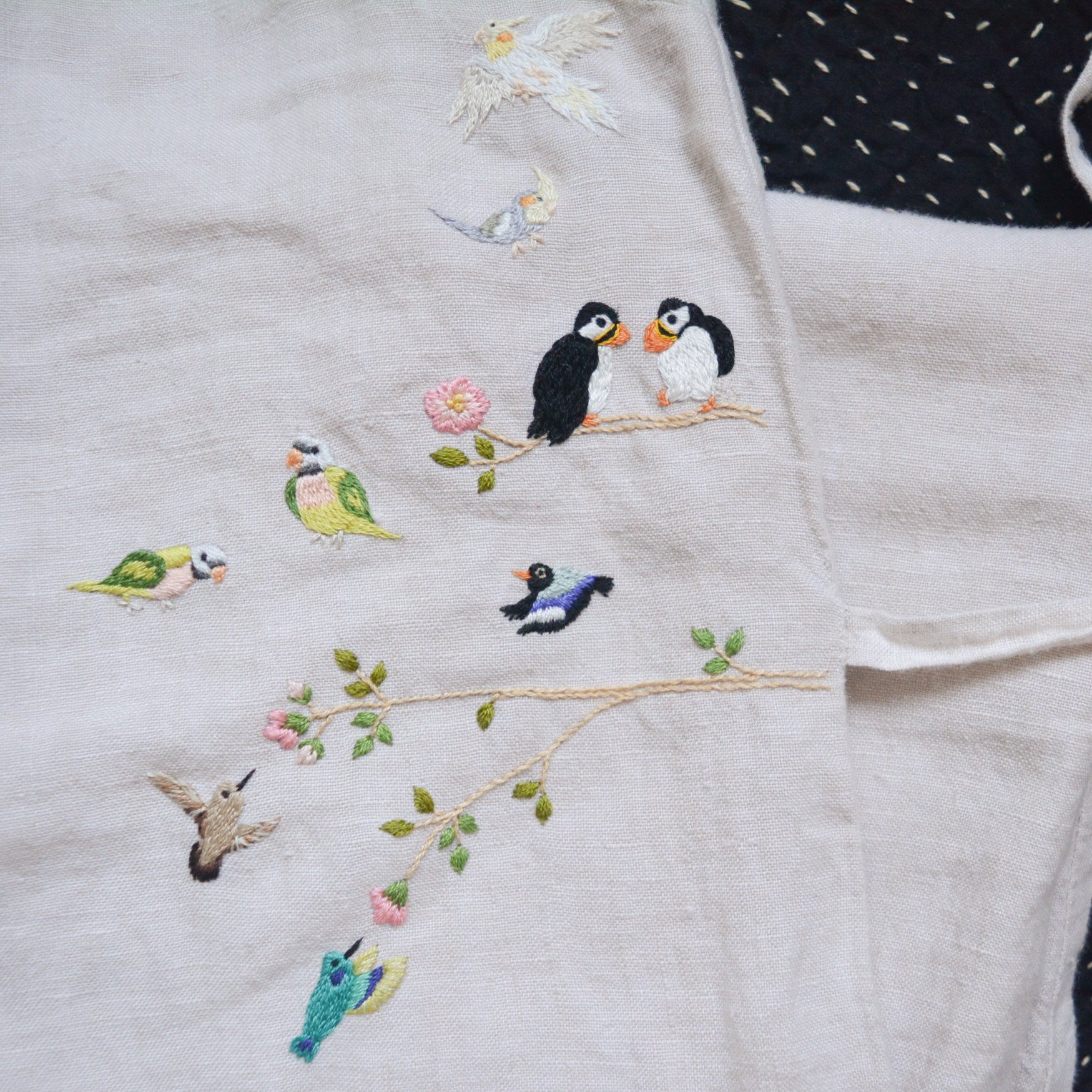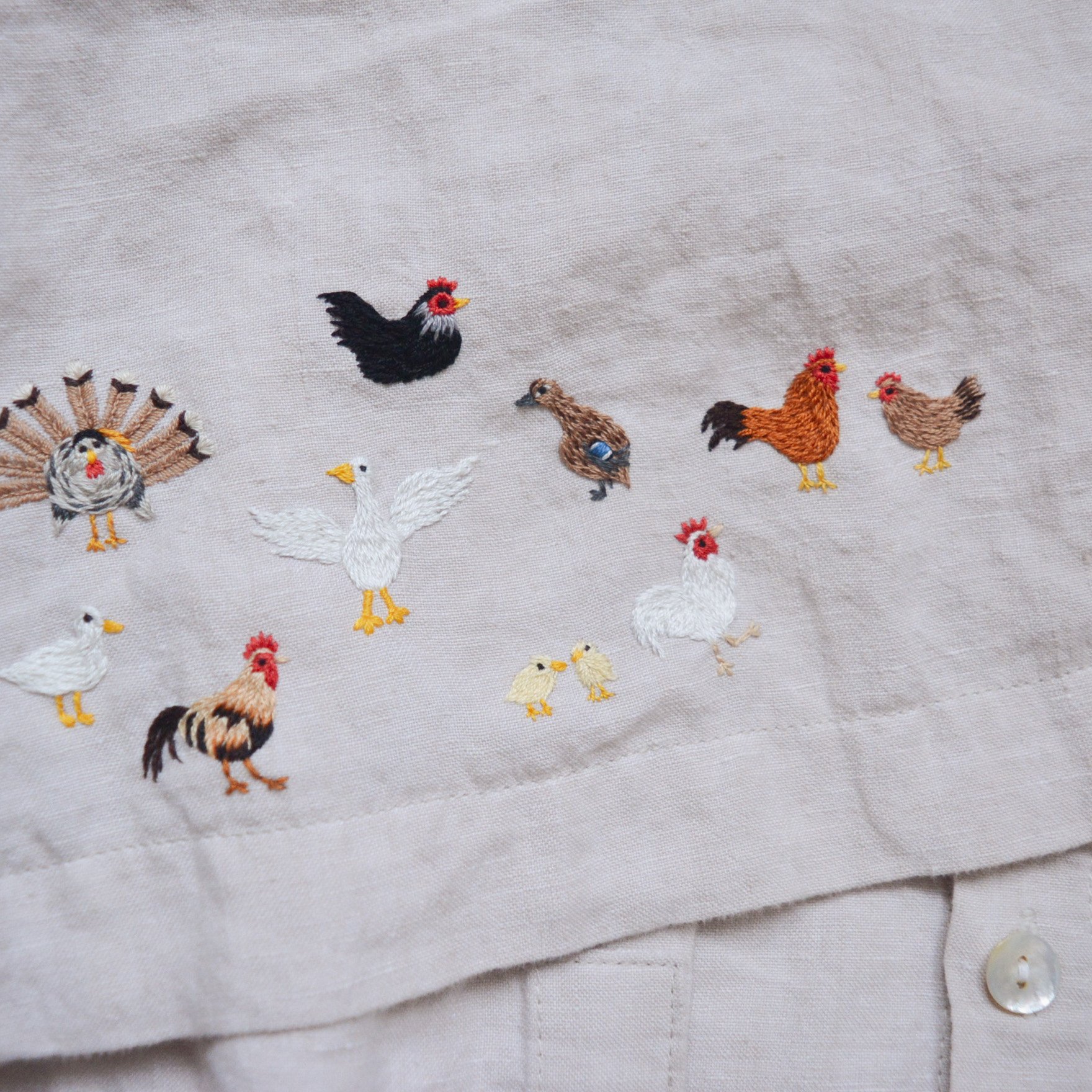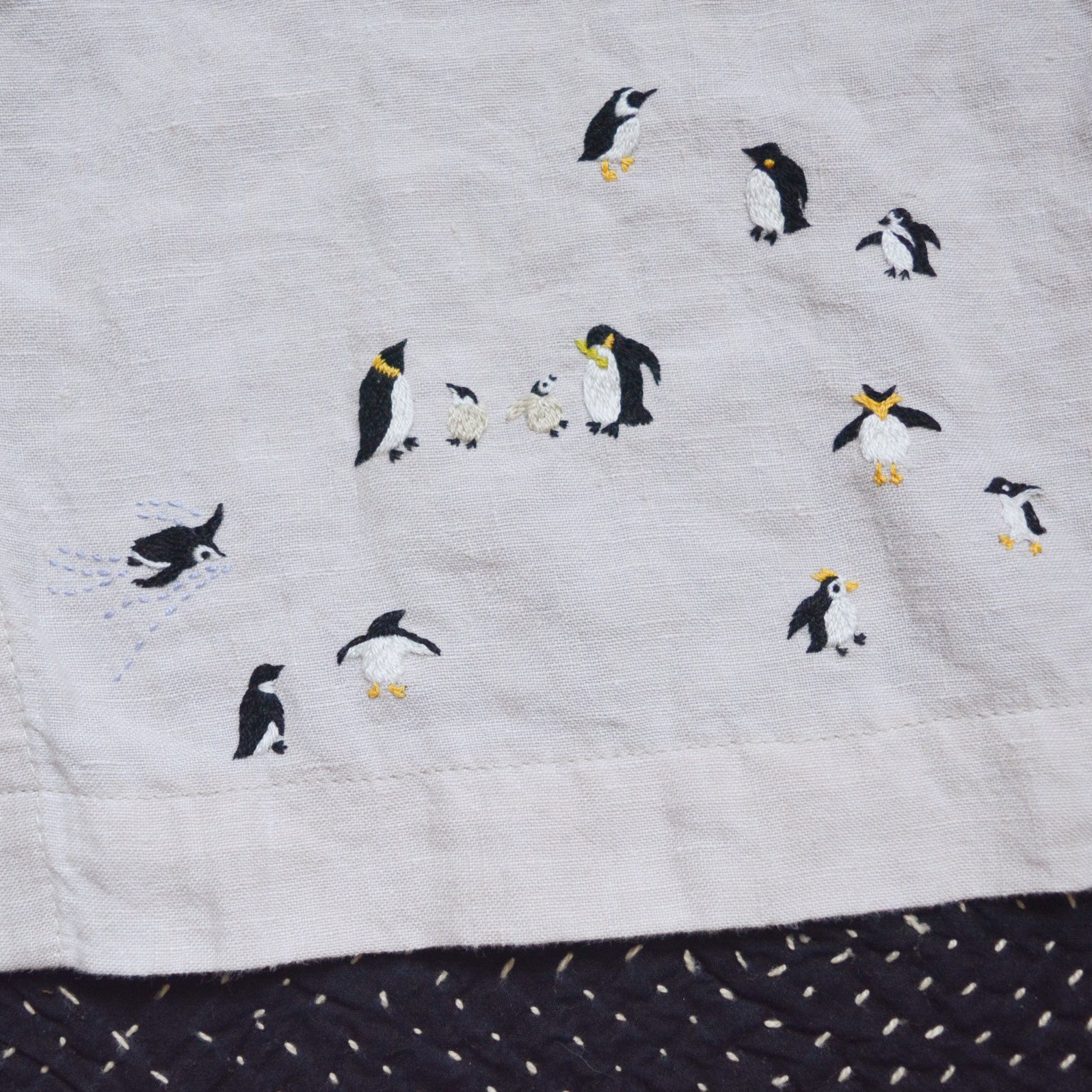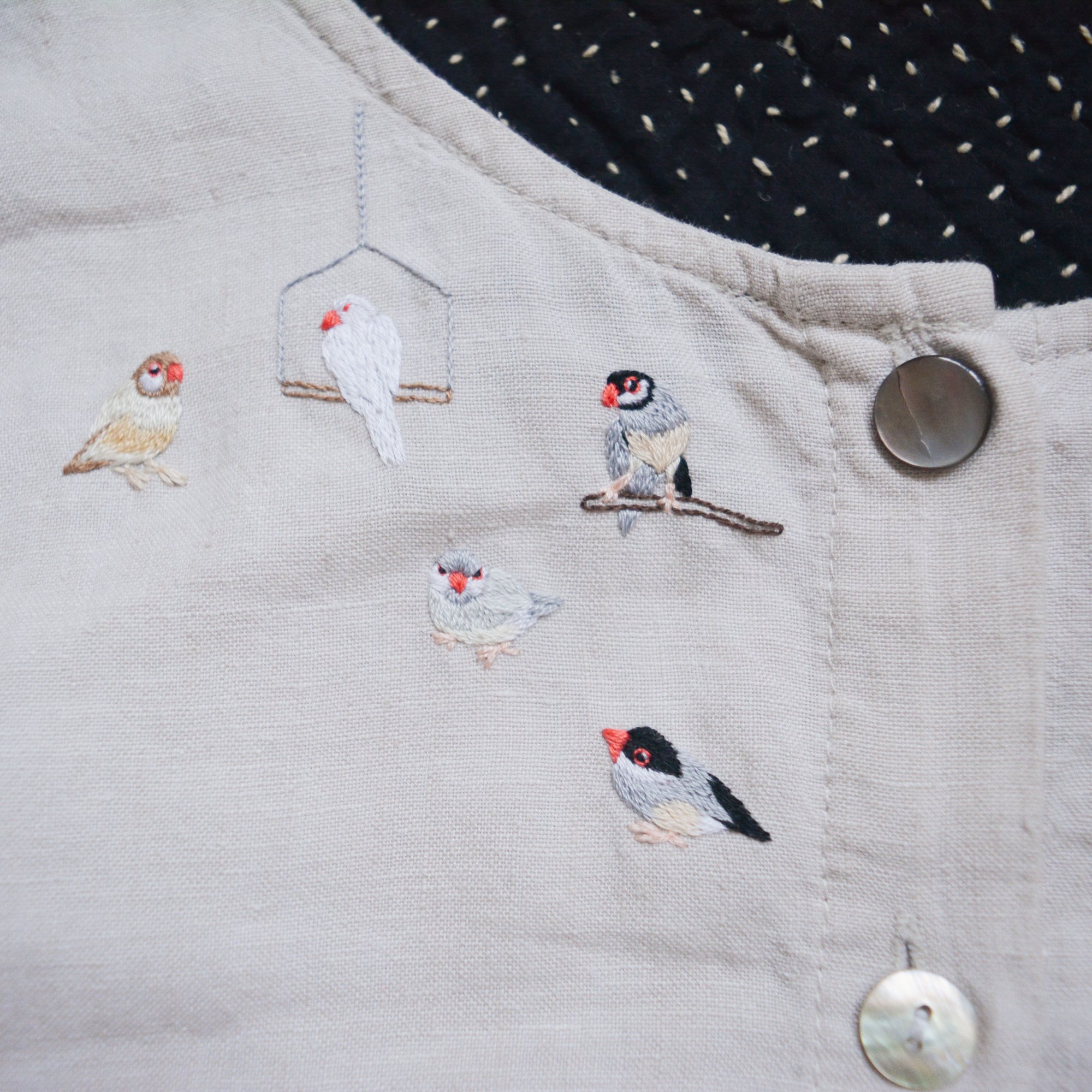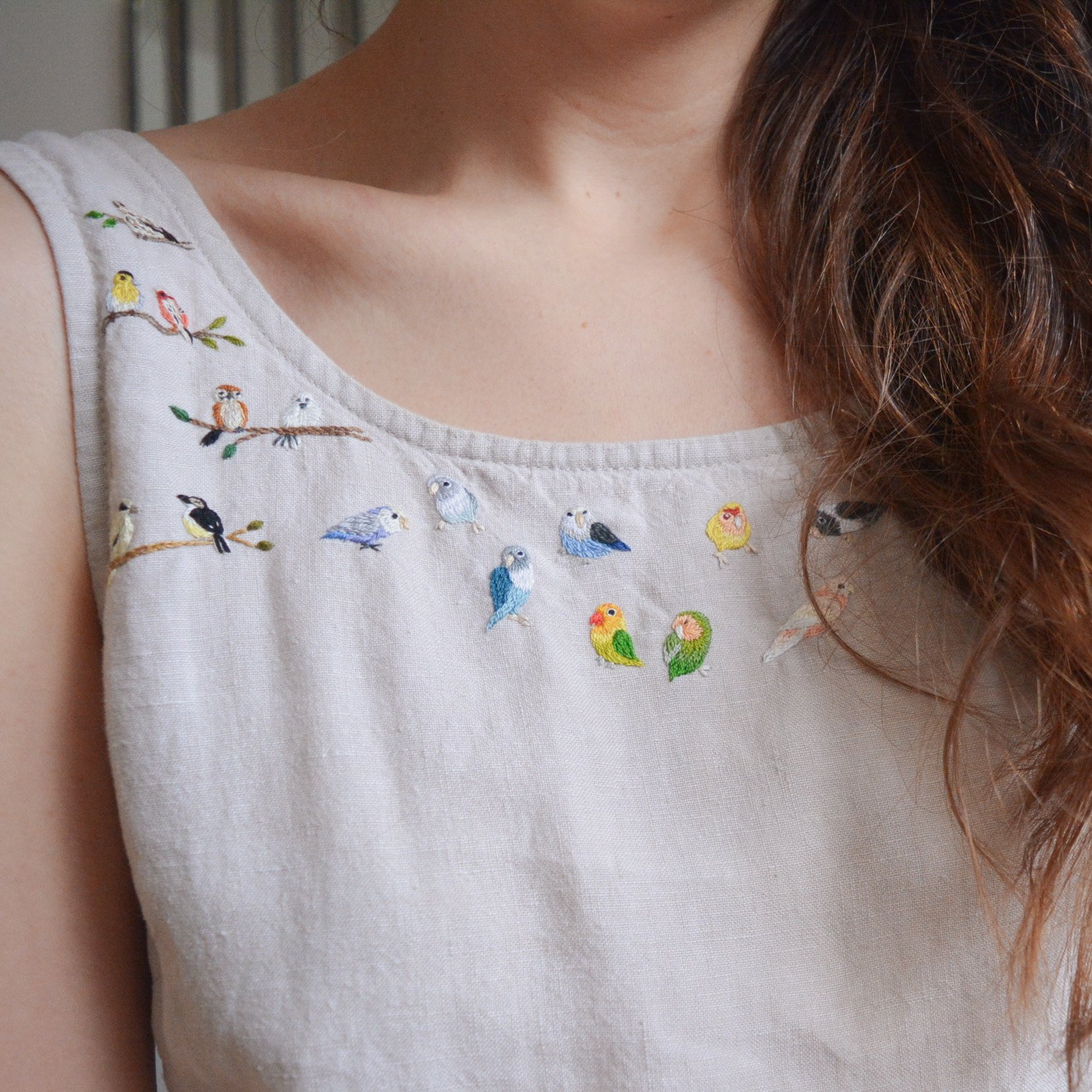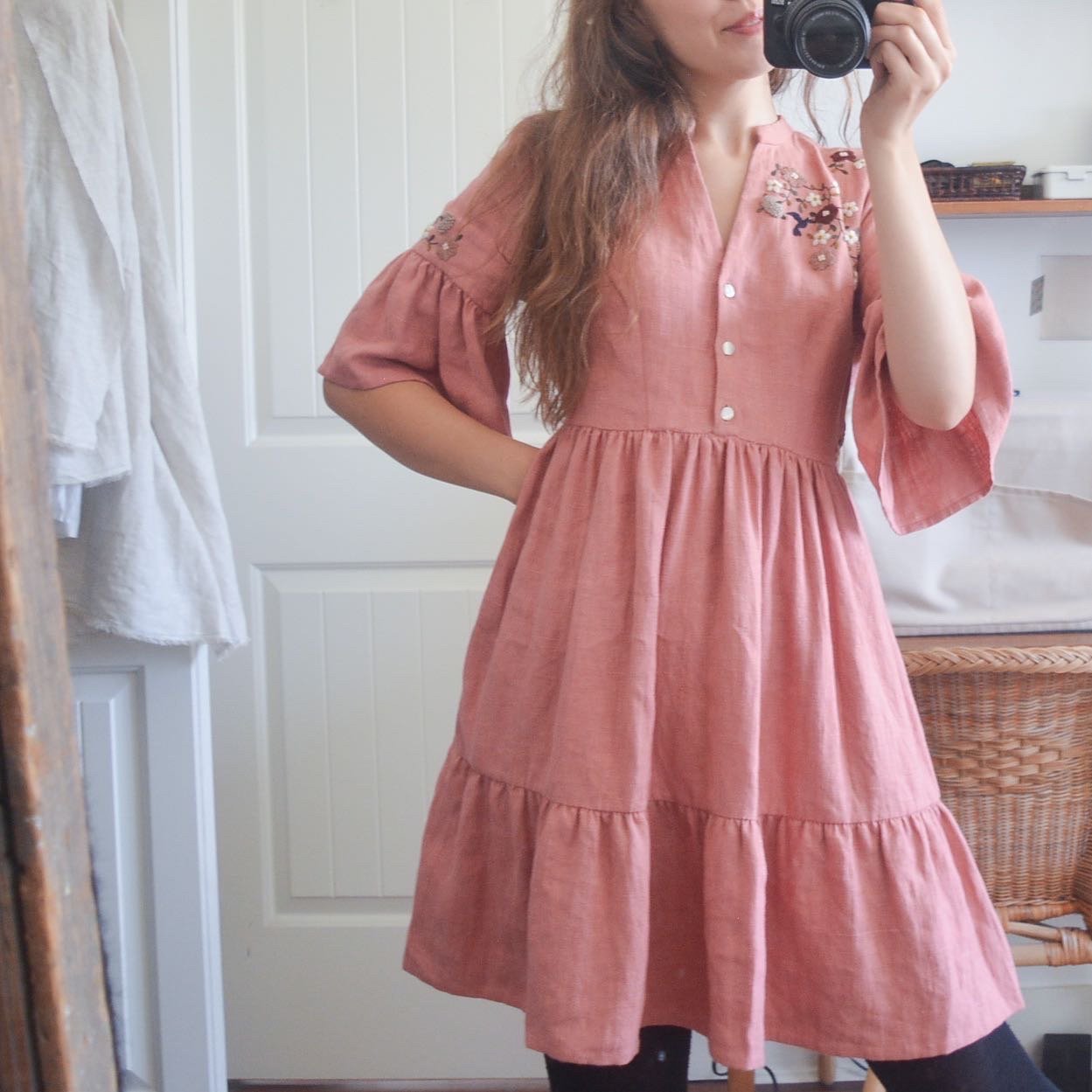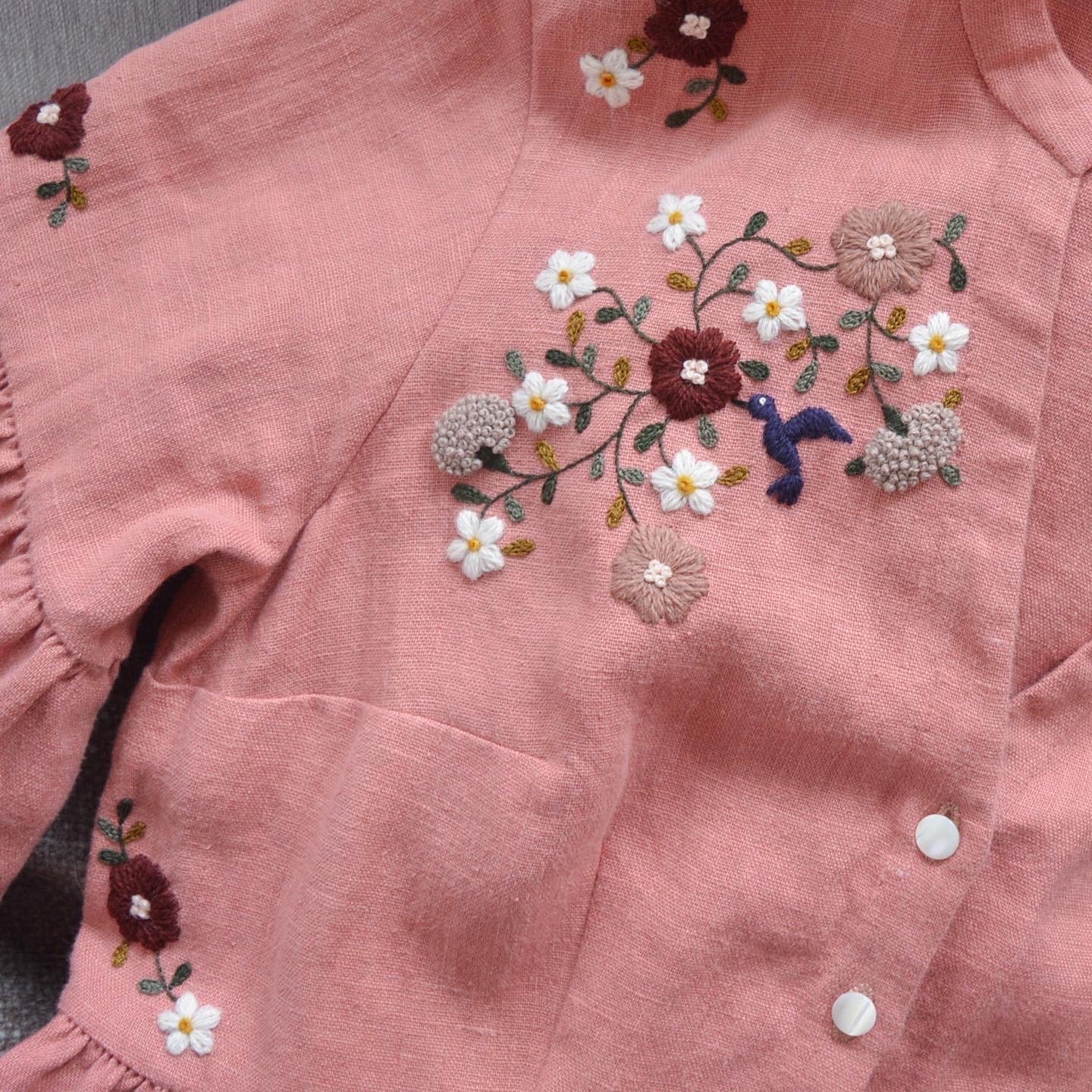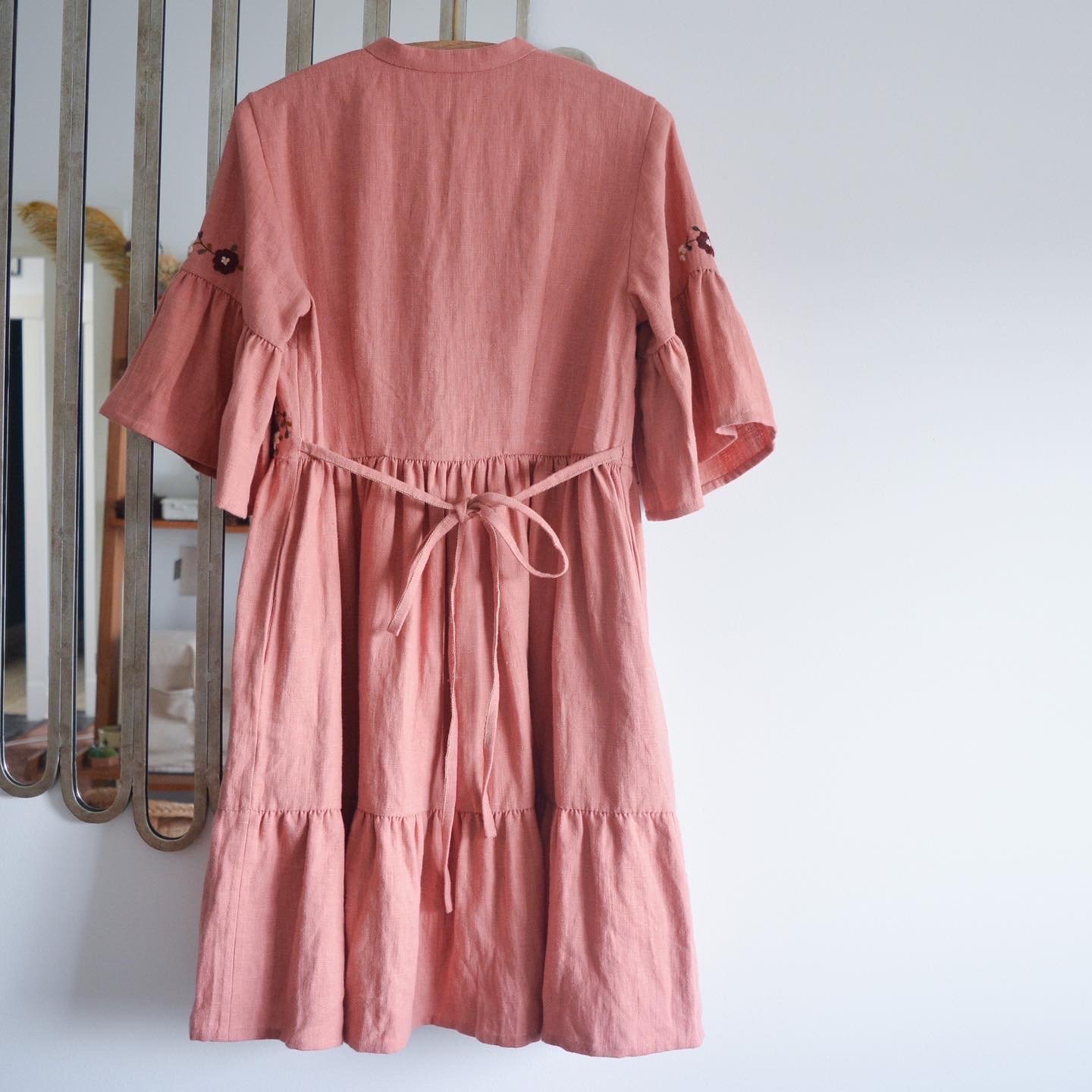Hinterland Dress Pattern Review
/I just finished my winter black and white plaid Hinterland Dress. It’s machine sewn and hand finished, so it ended up taking me a couple months to make, although a large part of why is that I really slow down my crafting come winter, we will call it a form of hibernation! I do a lot more relaxing and I work at a slower pace. I also took a little break from it around Christmas to make a couple new ornaments for the tree. But with it being finished around half way through January that still gives me lots of time to wear it while the weather is still cold.
The fabric is a light to medium weight cotton plaid, with one side being a brushed cotton so the inside feels like a soft pair of pyjamas. I bought it at one of the fabric stores here in Vancouver, Dressew. It’s called Urban Homestead Gatherings Woven Plaid for Moda, and it looks like right now Dressew still has some available so I will link to that below. I chose some simple black horn buttons, and overall kept this one pretty simple as I didn’t really think embroidery would look good on top of the busy plaid print.
I didn’t change much about the pattern, just a couple elements from the machine method to the hand-sewing method (gathers, buttonholes, neckline binding, and the hem). I also changed the placement of the waist tie to be closer to the centre back. I have a couple dresses that use the waist tie method that the pattern uses (sewing the waist ties directly into the dresses side seams), and I find it pulls on those seams in an unflattering way. Also when you wash the dress with those long ties they can get tangled up with your other laundry. So adding some tie loops that you can thread a long waist tie through solves the laundry issue, and moving those tie loops in a little solves the pulling at the side seams.
Sizing wise I went with a size 6 on top and a size 10 for the skirt which worked perfectly for my pear-shaped body. I also added 4 inches to the length of the dresses skirt piece. I absolutely love this pattern and all the different variations it includes and I’m excited to make a linen one next for summer.
And this photo above pretty much shows how I’ve been styling the Hinterland Dress! With warm wool tights and my favourite vintage boots. I add a wool sweater and a winter coat before I head out and I am very warm all day!
Some links you might find helpful:
Hinterland Pattern: Sew Liberated Hinterland Dress
Plaid fabric: Urban Homestead Gatherings Plaid Woven

